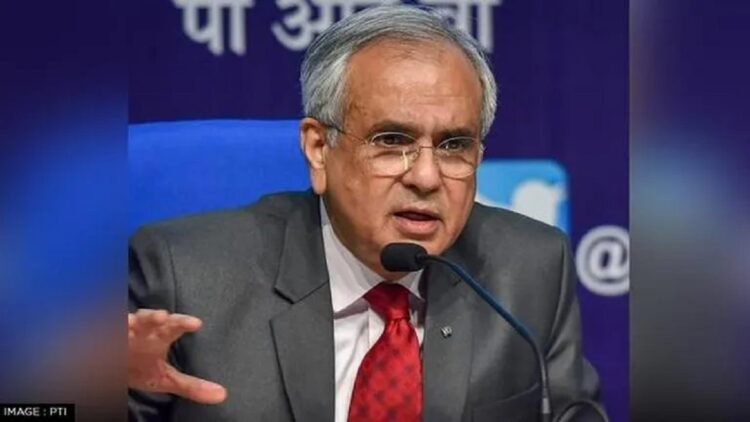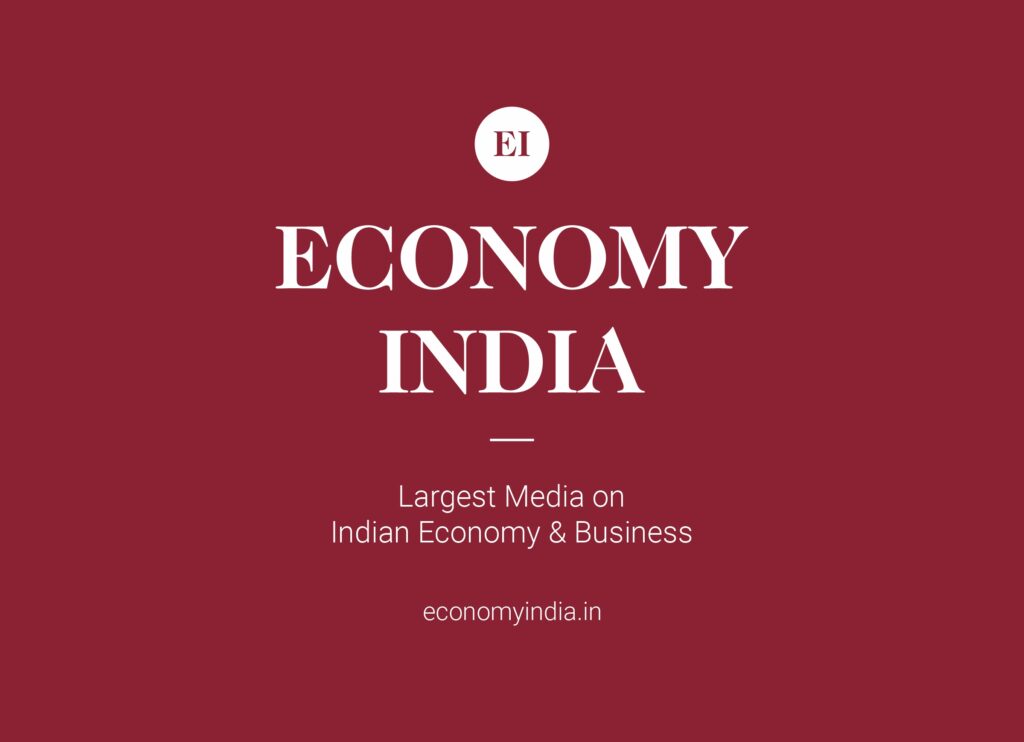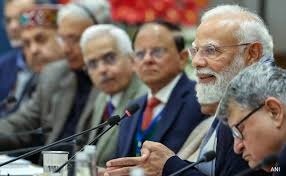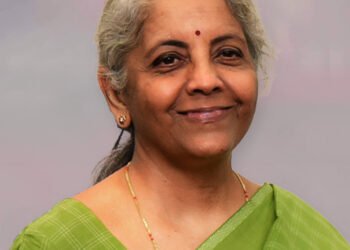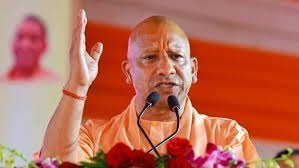NITI Aayog credits India’s SDG progress to inclusive welfare programs and pro-growth economic policies
United Nations (Economy India): India’s forward momentum toward achieving the Sustainable Development Goals (SDGs) has been credited to a dual-pronged strategy that combines robust social protection measures with growth-enabling structural reforms, according to Suman Bery, Vice Chairman of NITI Aayog.

Speaking at a multilateral forum at the United Nations, Bery emphasized that India’s approach balances inclusive welfare delivery with a policy environment that fosters economic dynamism. This combination, he argued, has helped India make consistent strides toward the 2030 SDG targets.
At the heart of India’s progress are strong safety nets like the Public Distribution System (PDS), PM Garib Kalyan Yojana, and direct benefit transfers (DBTs), which have shielded vulnerable populations from poverty and economic shocks, especially during the pandemic.
Simultaneously, the Indian government has undertaken bold reforms in areas such as taxation (GST), labor codes, and infrastructure investment to catalyze long-term economic growth and improve the ease of doing business. These reforms have contributed to stronger job creation, higher incomes, and innovation-driven growth.
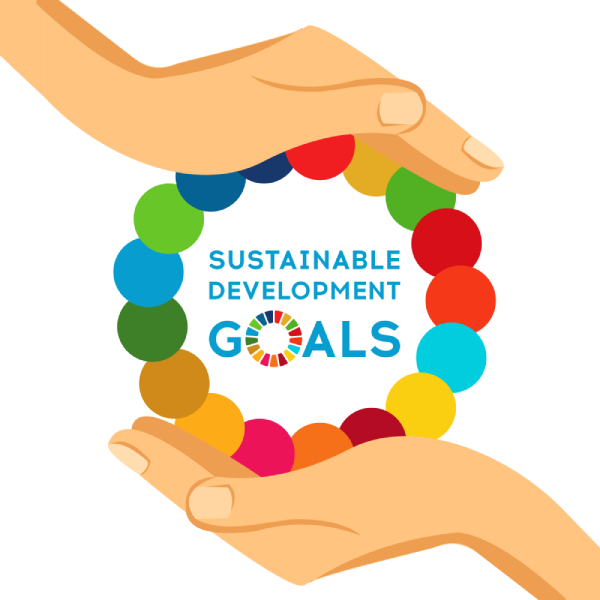
Bery also pointed to flagship initiatives such as Ujjwala Yojana, which provides clean cooking fuel, and Swachh Bharat Mission, aimed at sanitation, as transformational in achieving environmental and health-related SDG targets. These programs, he said, showcase how development and sustainability are not mutually exclusive in India’s strategy.
A significant element of India’s SDG planning is its data-centric governance model. The SDG India Index, developed by NITI Aayog, enables states to track their progress across 17 SDG goals and fosters healthy competition among them, thereby encouraging localized action.
India’s growing global stature in climate action, renewable energy, and sustainable urbanization is also being recognized internationally. Programs like International Solar Alliance and commitments under COP28 reinforce India’s global leadership on sustainability.
According to Bery, India’s development journey also focuses on empowering communities, with a strong emphasis on education, women-led entrepreneurship, and digital public infrastructure — all of which are aligned with SDG targets related to gender, equity, and innovation.
Looking ahead, Bery reiterated that meeting the 2030 goals would require sustained investment, multilateral cooperation, and policy innovation. He called for international financing mechanisms to be made more accessible to developing economies like India.
In conclusion, the NITI Aayog Vice Chairman affirmed that India’s dual development strategy is uniquely positioned to balance economic ambition with environmental and social responsibility. “India’s SDG story is one of scale, speed, and sustainability,” he said, “and we remain committed to delivering a better future for all.
(Economy India)


